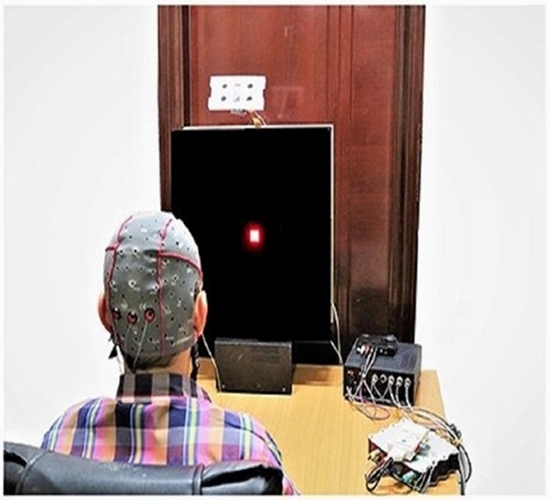Designing a Brain-Computer Interface Based on Visual Evoked Potentials for Typing Letters on a Screen
A Brain-Computer-Interface (BCI) is a system that allows a human to perform a specific action (such as controlling a prosthesis, typing letters, expressing an intention, or controlling surrounding devices) without direct muscle involvement and using brain signals.

Dr. Amir Homayoun Jafari
A Brain-Computer-Interface (BCI) is a system that allows a human to perform a specific action (such as controlling a prosthesis, typing letters, expressing an intention, or controlling surrounding devices) without direct muscle involvement and using brain signals. Brain-computer interfaces have been developed based on a variety of potentials extracted from electrical brain signals, including evoked potentials, P300, and slow cortical potentials. However, in this study, brain-computer interfaces that work based on steady-state visual evoked potentials have been considered due to their high data transfer rate and high signal-to-noise ratio, which leads to appropriate accuracy and closeness to the usability of the system. Most BCI systems in previous studies operate at low and medium frequencies. The high response range is one of the advantages of these systems in detecting the correct and easy response. However, on the other hand, limitations such as user eye fatigue and the possibility of alpha signal rhythm interference with this response and causing epilepsy require that the efficiency of these systems be investigated at high frequencies and with new patterns. In this study, we seek to design a BCI system for typing letters on a screen based on chaotic or high-frequency visual patterns.



comment